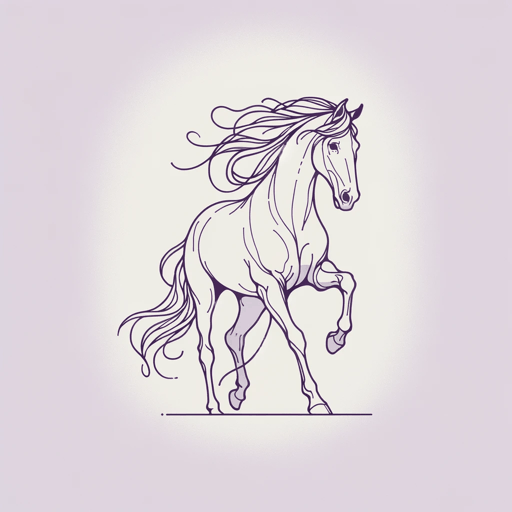44 pages • 1 hour read
Marguerite HenryMisty of Chincoteague
Fiction | Novel | Middle Grade | Published in 1947A modern alternative to SparkNotes and CliffsNotes, SuperSummary offers high-quality Study Guides with detailed chapter summaries and analysis of major themes, characters, and more.
Symbols & Motifs
Natural Forces
Natural coastal elements are a motif developing The Natural World Versus the Human-Made World. Broadly speaking, Marguerite Henry uses elements like the wind and waves to develop the contrast between the wildness of Assateague and its ponies and the “domestication” of Chincoteague and its residents. However, just as some horses are tamer and some humans wilder, there are exceptions to this rule. Ironically, the heavy storm after the pony roundup helps Paul, the Phantom, and Misty bond as the three of them take shelter in the back of Grandpa’s truck. The storm, an uncontrolled natural force, creates a type of community that combines both the horse and human worlds.
Individual elements also symbolize specific horse characters. The Phantom is associated with wind, which evokes her untamable, ephemeral nature. Before Paul captures the horse, some people believe that she is not real but just the wind and sky of Assateague playing tricks on observers. When she enters the race, the Phantom’s speed ties her to the wind in a more literal sense. Misty, meanwhile, is linked to her namesake phenomenon. Mist gathers around Paul multiple times on his way to the pony roundup, and when he sees Misty’s small silver body running through the forest, he thinks it is an 







Related Titles
By Marguerite Henry


